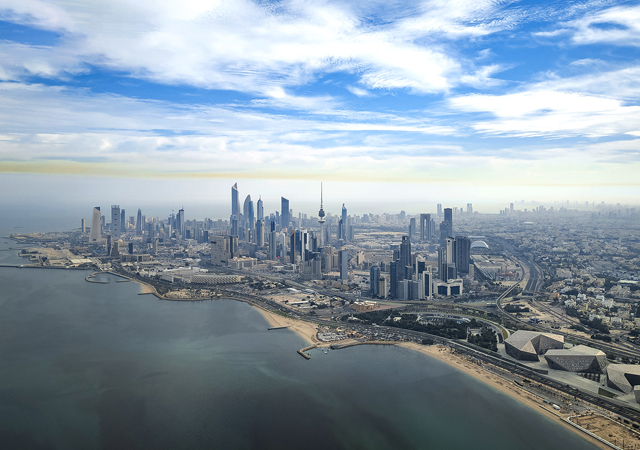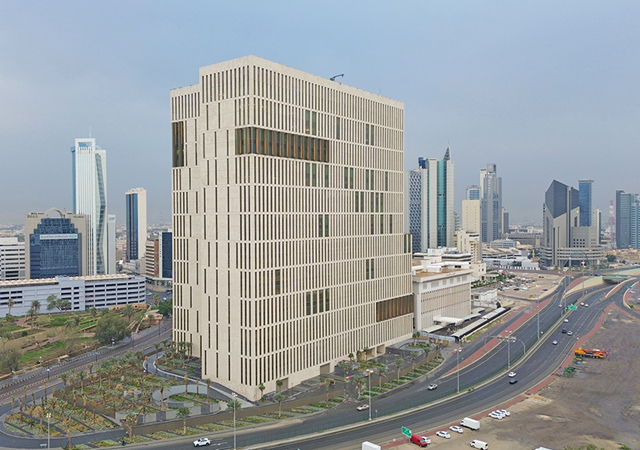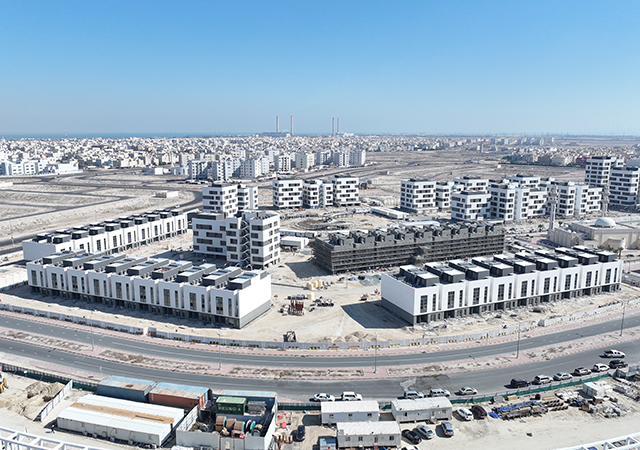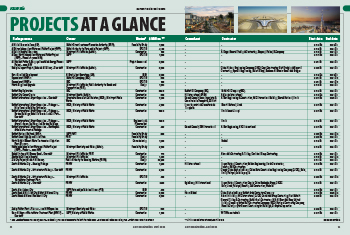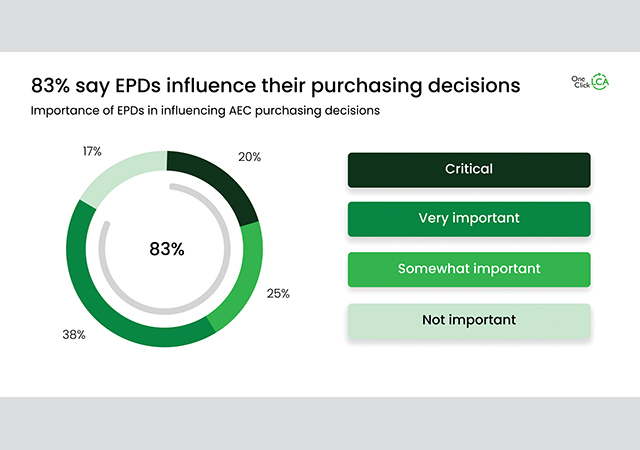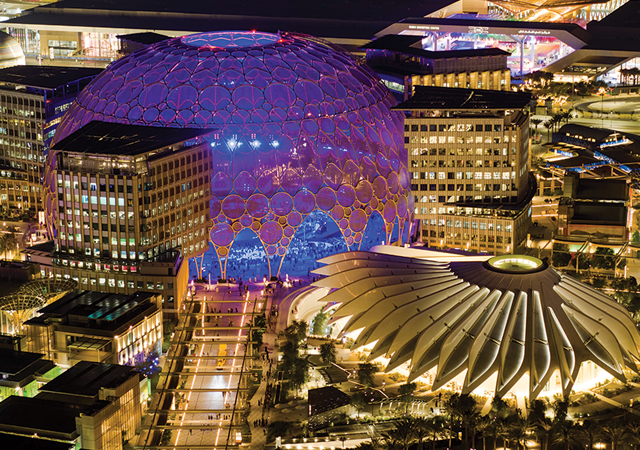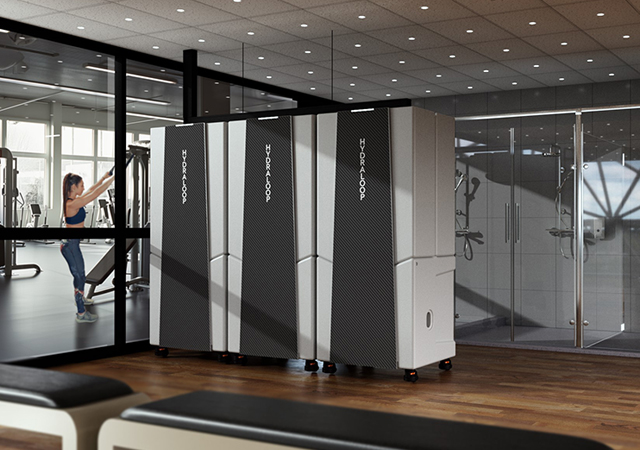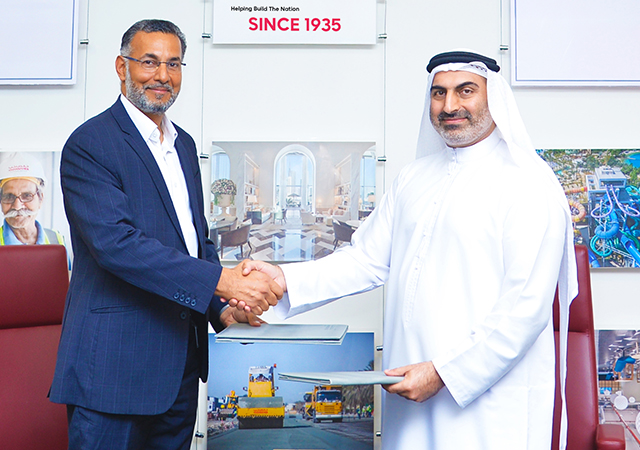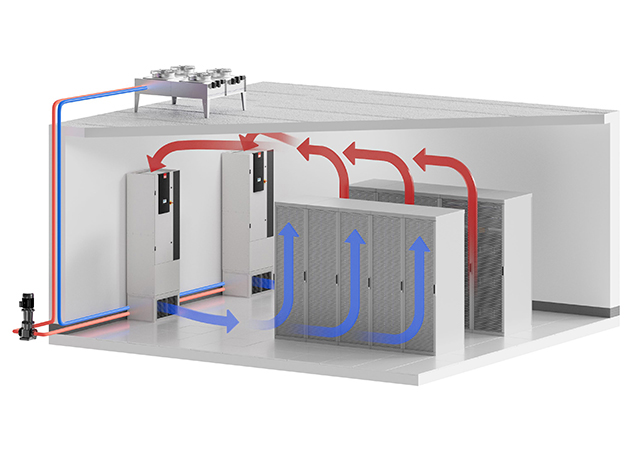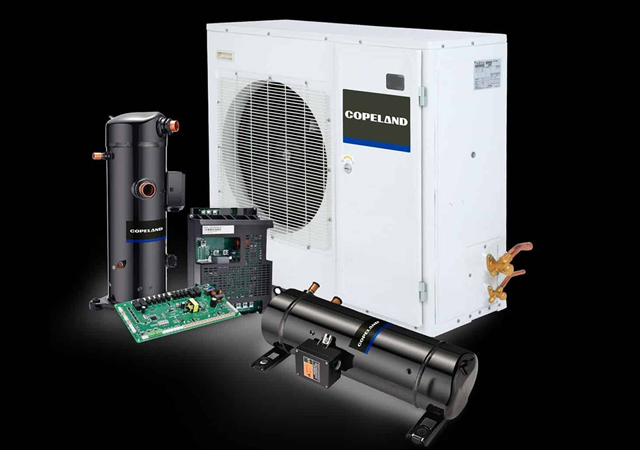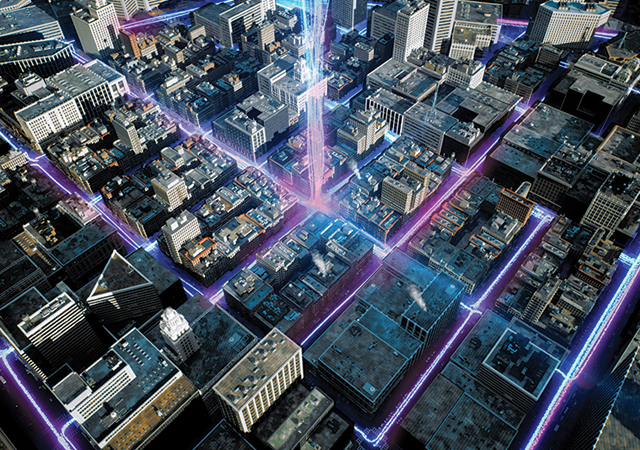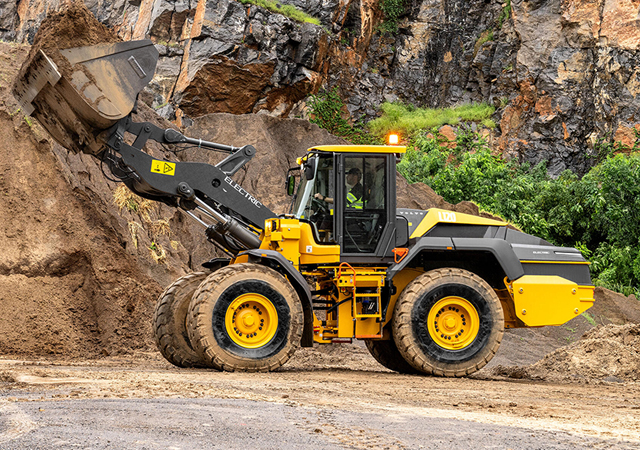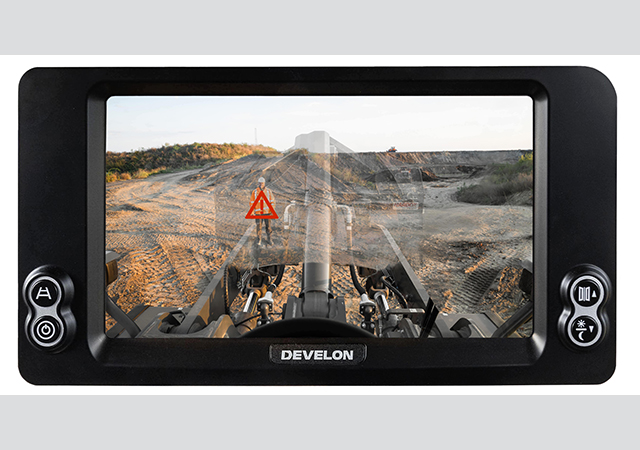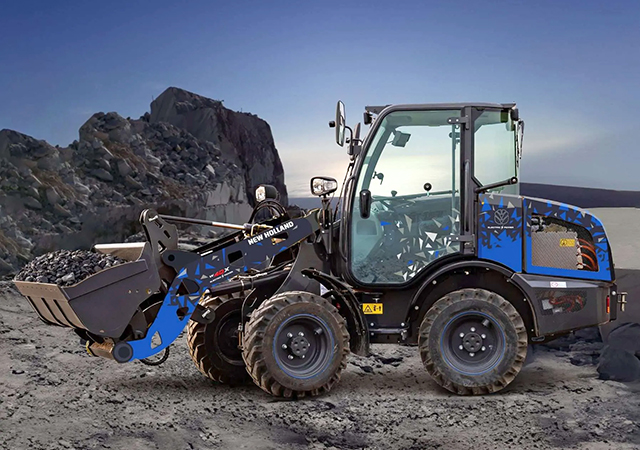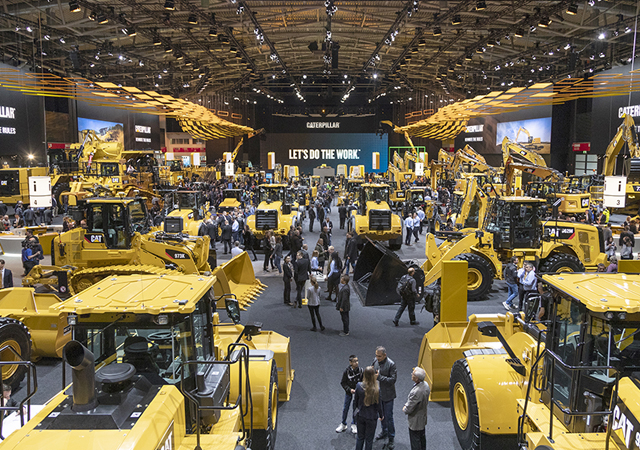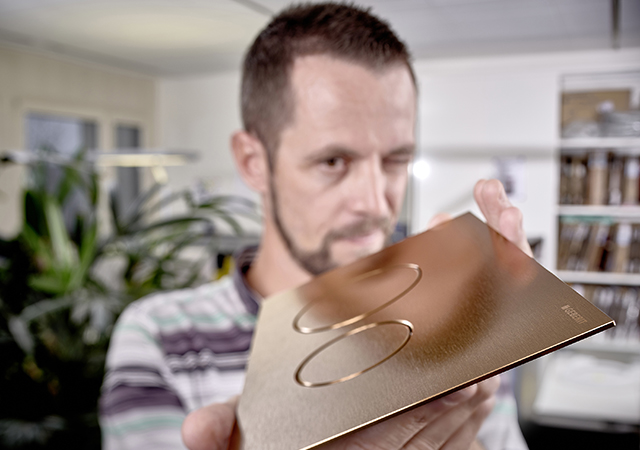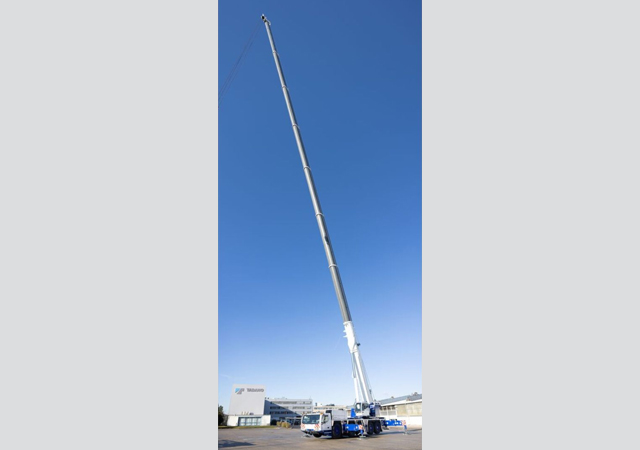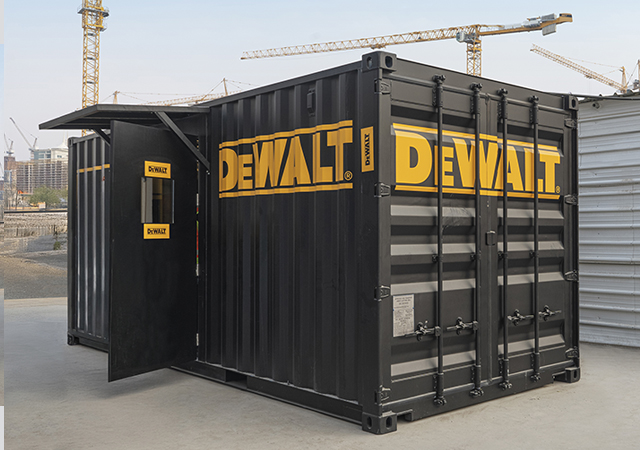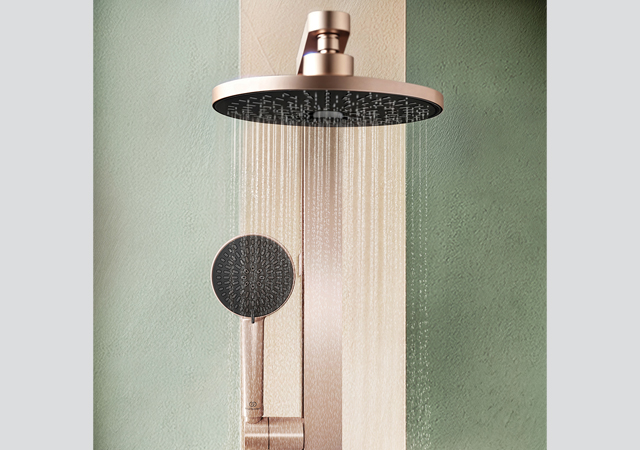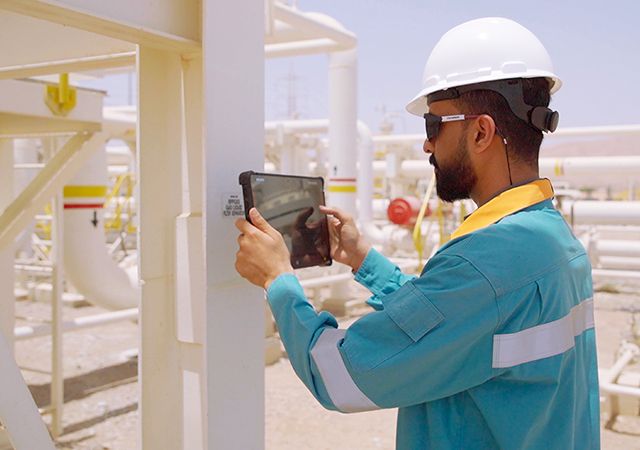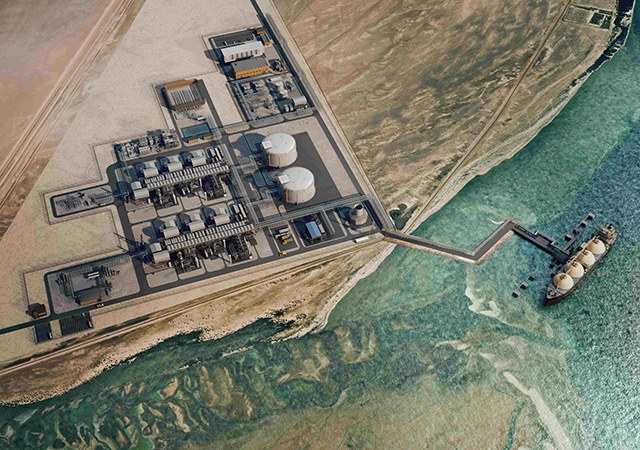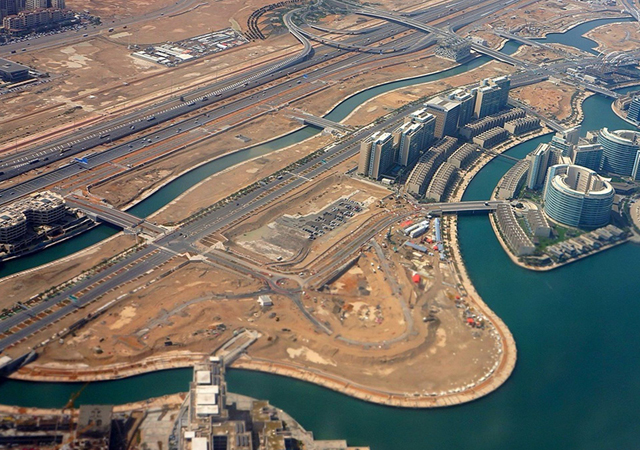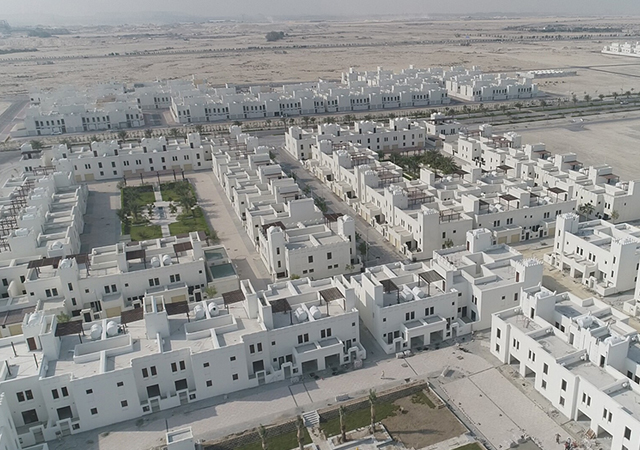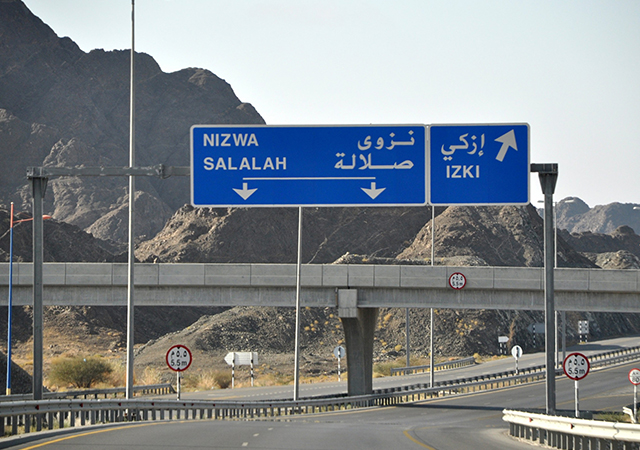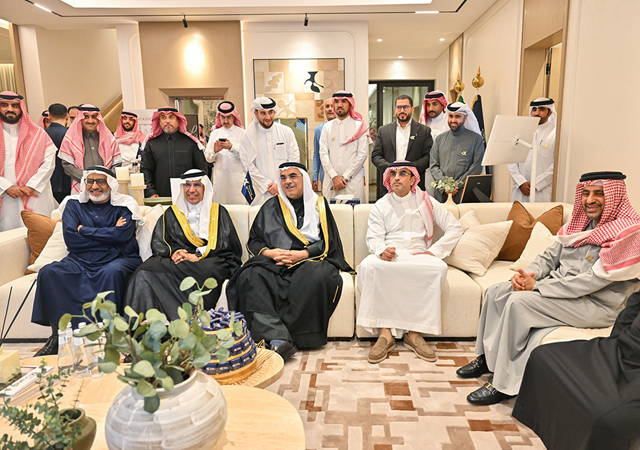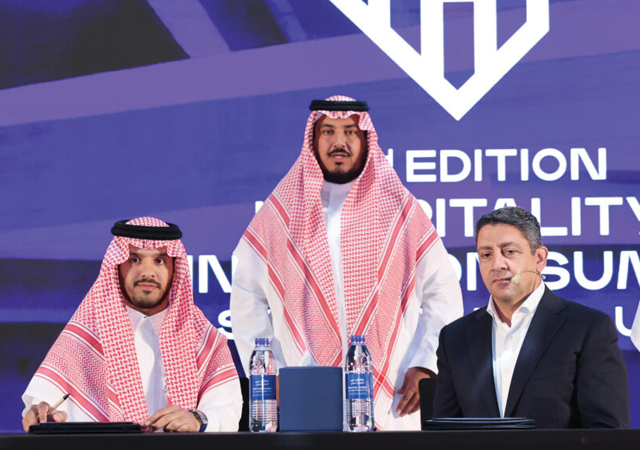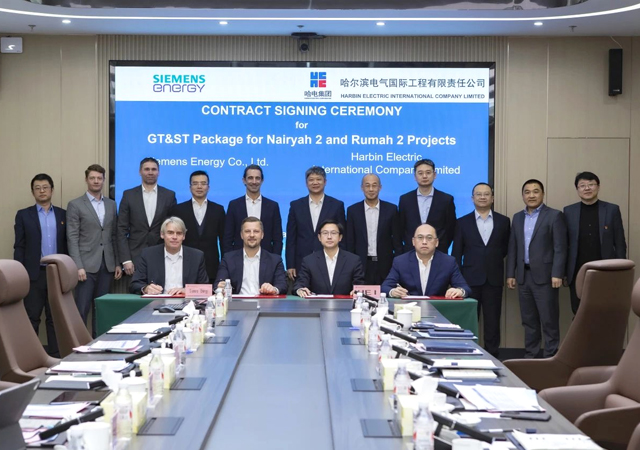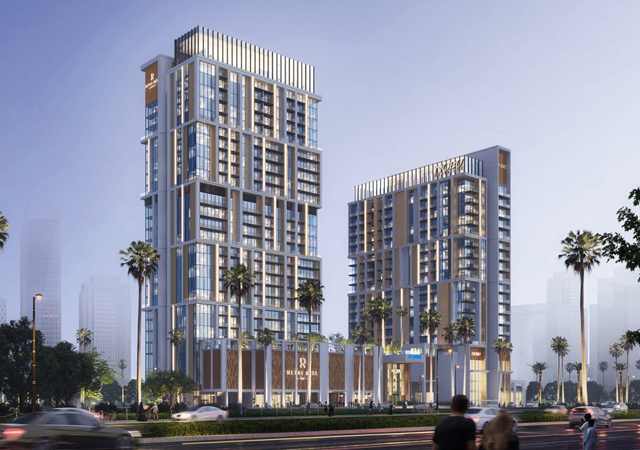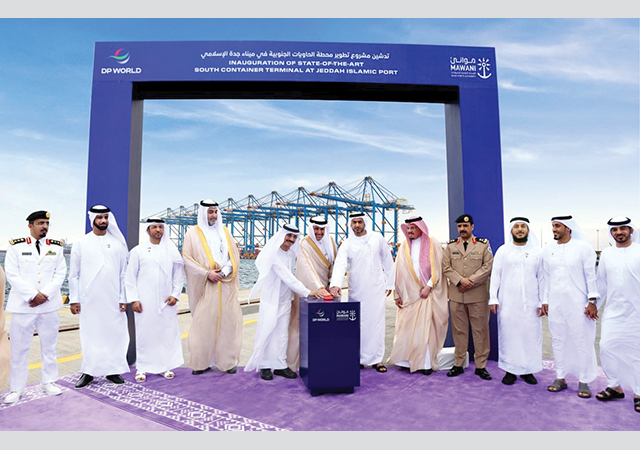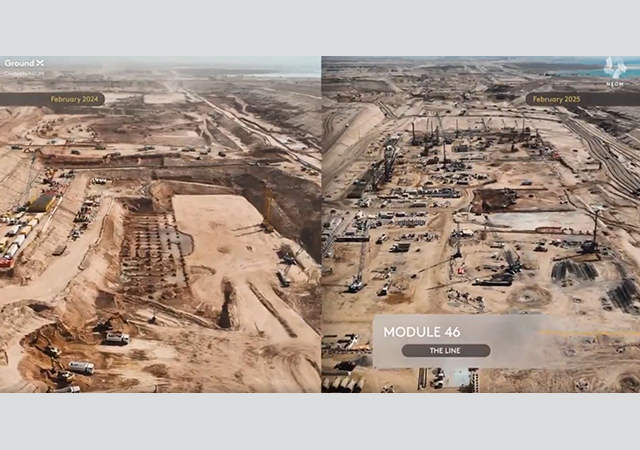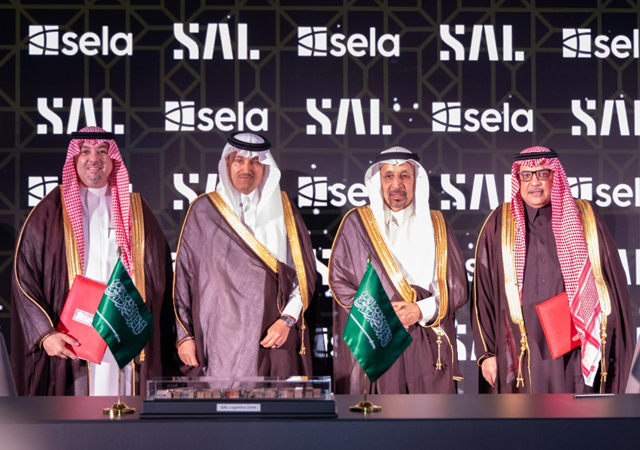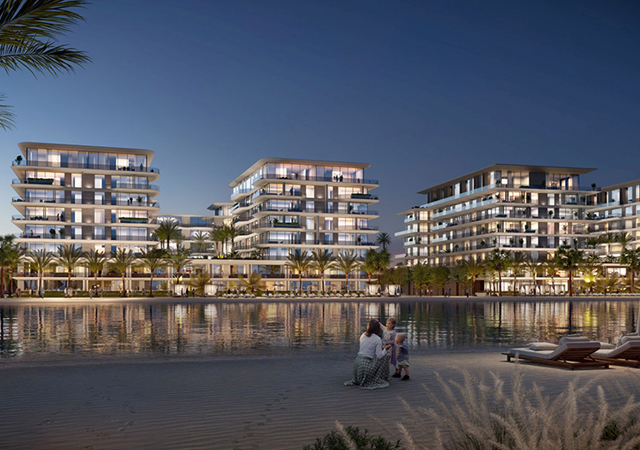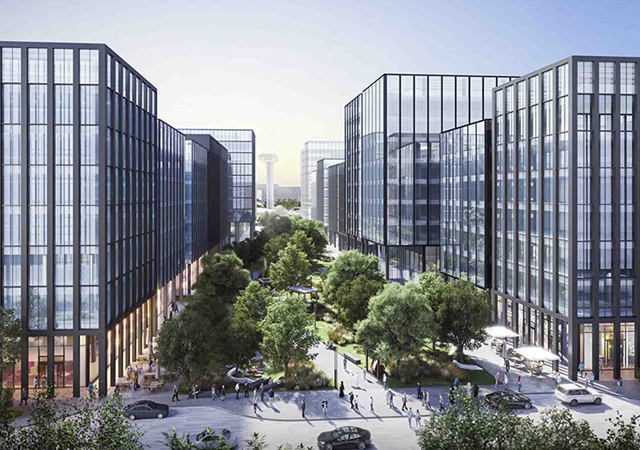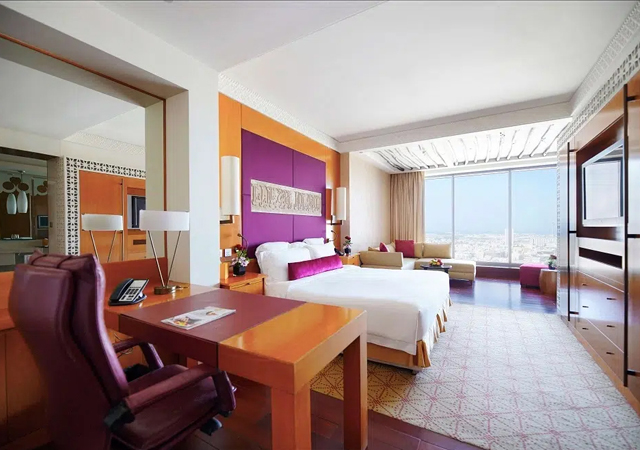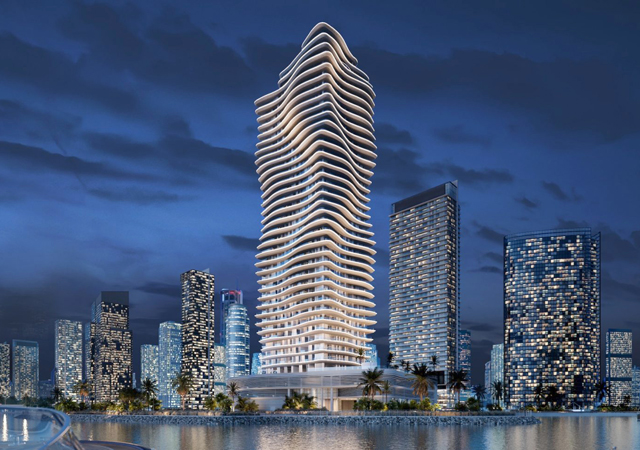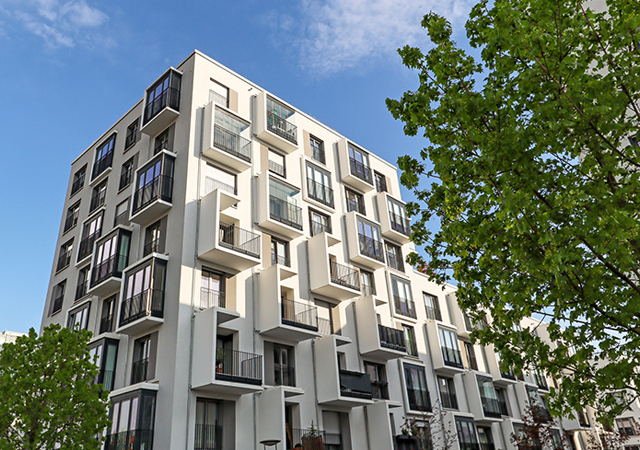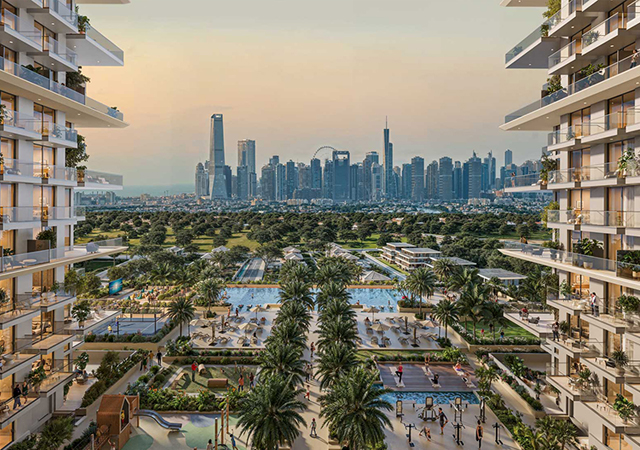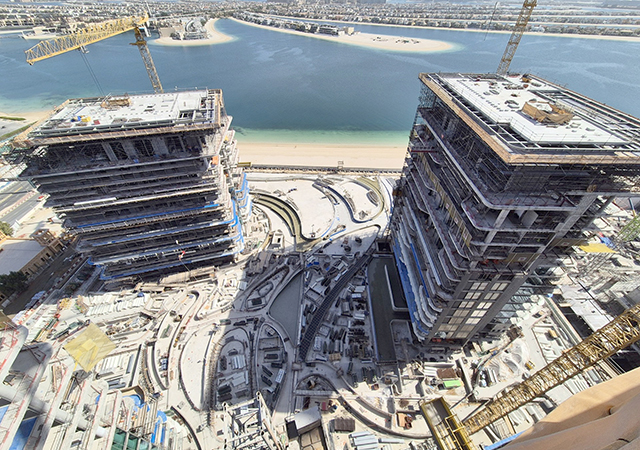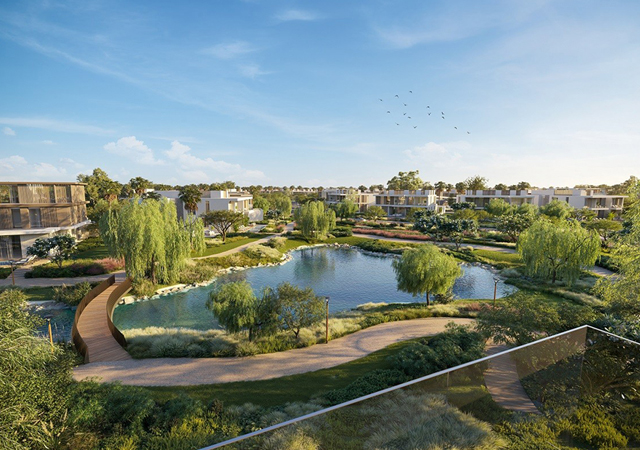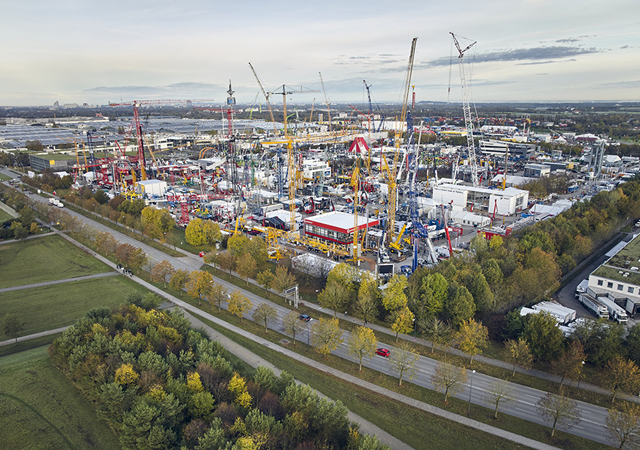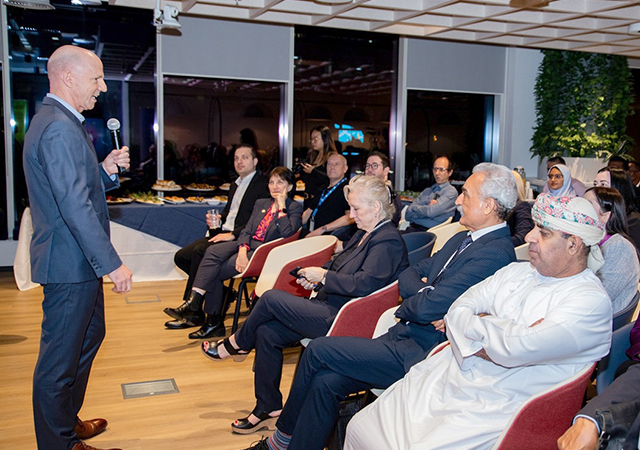
 An Etihad Rail locomotive and wagons (below).
An Etihad Rail locomotive and wagons (below).
ETIHAD Rail, the UAE’s Dh40-billion ($10.89 billion) national railway network, has been gaining pace both in terms of construction on site and in the number of clients and should be ready to start shipping goods by the end of this year.
The ambitious development has made rapid progress since its inception in 2009, with construction and planning work under way on all three stages of the project.
“Looking at Stage One alone, the full fleet of 240 wagons and seven locomotives has arrived, the sleeper factory is fully functional producing up to 2,400 sleepers per day, and construction is well under way,” says a spokesman for Etihad Rail, the developer and operator of the network. “The project is indeed still on course, and we are on schedule to seeing the first train run between Habshan and Ruwais this year, with the Shah-Habshan route to launch by the end of 2014,” he adds.
The developer received the first two of the seven locomotives to be shipped to the UAE at Abu Dhabi’s Mussafah Port in April, while the first batch of wagons were delivered last December.
The locomotives, which hold the train’s engines, are being moved to Etihad Rail’s site at Mirfa in the Western Region in preparation for the impending launch of Stage One, which will facilitate the transport of granulated sulphur from sources in Shah and Habshan to the port of Ruwais for export.
Electro-Motive Diesel, a US-based company and a world leader in the production of diesel-electric locomotives, designed and manufactured the locomotives for Etihad Rail.
Etihad Rail is also reported to have been granted clearance from the Abu Dhabi Environment Authority to lay tracks on a 49-km stretch of railway that will pass through the Bainunah nature reserve. The authority and Etihad Rail agreed on specific environmental conditions, mainly that the clearing of vegetation in the area where the tracks will be laid is kept to a minimum, with the least possible disturbance, according to The National.
Environmental authorisations for the Etihad Rail project have taken four years to be issued, the newspaper reported.
Elaborating on the status of the rest of the project, the spokesman says: “In terms of Stage Two, which will connect the railway to Mussafah, Khalifa and Jebel Ali ports and extend to the Saudi and Omani borders, the tendering process is under way and winners for five tender packages will soon be announced.
 |
|
|
“Stage Three will connect the rest of the network in the Northern Emirates by 2018; preliminary engineering for this route is well under way.
“We also have a rapidly expanding and diversifying our customer base. To date, Etihad Rail has signed 15 memorandums of understanding (MoUs) with a number of customers throughout the UAE – in industries ranging from oil and gas and agriculture, to aggregates and waste – all of whom recognise rail as the preferred mode of transport for their goods.”
The project had earlier this year also secured a key line of funding for the first link in the national railway network. Commenting on the Dh4.7-billion ($1.28 billion) financing for Stage One, Nasser Alsowaidi, chairman of Etihad Rail, says: “The securing of this loan not only represents the beginning of a new era for the UAE in trade and travel through a transportation network that will connect all seven emirates with our GCC partners, but also reflects the international financial community’s confidence in Etihad Rail and the significant potential of the UAE’s national railway.”
Overview
Stage One of the railway network will extend 264 km from Shah and Habshan to Ruwais, facilitating a modern, safe, efficient and environment-friendly means to transport shipments of granulated sulphur from Abu Dhabi National Oil Company (Adnoc) – Etihad Rail’s first customer – for export at the port of Ruwais.
Etihad Rail has awarded a number of contracts for Stage One of the rail network including the civil and track works to a consortium comprising Italy’s Saipem, Tecnimont and UAE-based Dodsal Engineering and Construction. The project management consultant (PMC) contract was awarded to joint venture Parsons-Aecom, while PCM Strescon Ventures has the contract for the provision of railway sleepers. The India-based company is responsible for the provision of railway sleepers in a purpose-built sleeper manufacturing facility at Etihad Rail’s rail head. This is in addition to the deals to Electro-Motive Diesel for delivery of seven locomotives custom-built for desert conditions and CSR Corporation China to supply 240 covered hopper wagons for the movement of granulated sulphur in the Western Region.
Stage Two entails a 628-km network that will cover the rest of the Abu Dhabi emirate and the connection to Dubai. Beyond the first stage, the next priority is connecting the railway to Mussafah, to the Gulf ports (Khalifa and Jebel Ali Ports) and the Saudi and Omani borders.
Stage Three, meanwhile, extends 279 km from Dubai to the Northern Emirates of Fujairah and Ras Al Khaimah. Etihad Rail is working closely with each of the emirates involved to define and safeguard the route.
Upon completion, the Etihad Rail network will extend approximately 1,200 km across the UAE, catering to both freight and passengers. It will connect urban and remote communities, facilitate trade, open up communication channels and foster economic development. The network will also form a vital part of the GCC railway network – linking the UAE to Saudi Arabia via Ghweifat in the west and Oman via Al Ain in the east.
Built to international standards, Etihad Rail’s state-of-the-art network will act as a catalyst for economic growth and sustained social development. Once complete, the railway will redefine logistics and transport in the region, providing a modern, safe, efficient, sustainable network that will connect all regions of the UAE, and the UAE to its wider GCC neighbouring countries.
The network will mainly be double track of standard gauge designed for mixed-traffic, equipped with an in-cab European signalling system (ETCS level 2), and will be built to accommodate twin stack containers. It will involve the construction of more than 10 tunnels and around 300 structures. The passenger trains on the network will run at speeds of up to up to 200 kmph and freight trains will travel at 120 kmph. They will have diesel traction with option to electrify. The project is designed and built to a mix of standards (Arema/AAR, UIC).
Clients
Etihad Rail has also inked several MoUs with a number of companies since having signed up Adnoc as its first such customer in October 2011.
In one such agreement, DP World will help in development of an intermodal rail terminal in Jebel Ali Port which will enable the more efficient transfer of containerised freight arriving at the port inland. The Centre of Waste Management, Abu Dhabi, will use the network as a vital component in its future sustainable waste transport system, integrating the network into its plans to convert waste into energy and using Etihad Rail’s custom-made rail concepts to centralise its services and facilities
Similarly, Sharjah Cement Factory, Arkan and Emirates Steel will also use it as the main method of transportation for their raw and finished materials.
 |
|
Sleepers ... 2,400 produced for the project per day. |
Etihad Rail has also signed up courier companies such as DHL and Aramex; logistics and transport companies such as Hoyer Global Transport, Dubai-based Global Shipping and Logistics and Sharaf Logistics and just recently, Hellmann Worldwide Logistics (Hellmann); as well as telecommunications service providers Etisalat and Du, who will gain access to and use of the railway infrastructure to magnify their growing network and customer base in the UAE at the same time benefiting Etihad Rail with their expertise in telecommunications services.
Al Dahra Agriculture Company will also utilise the network as a more efficient means of transporting hay as soon as the second stage is operational.
Economical benefits
The railway network is expected to provide a number of economic, strategic, environmental and social benefits. If Etihad Rail achieves its forecast traffic volumes, emission of greenhouse gases will fall by more than 2.2 million tonnes per annum. That’s equal to 375,000 cars off the road or planting 52 million trees.
In addition to the railway being a highly efficient mode of transport, it is also much more environmentally sustainable than road transport saving on truck trips, reducing road congestion, and reducing carbon emissions as well as road accidents. A single freight train can carry the load of up to 400 trucks, which is equivalent to making room on the highways for more than 1,000 cars. The shifting of freight from trucks to rail also reduces highway wear and tear and the pressure to build costly new highways, the company indicates.


